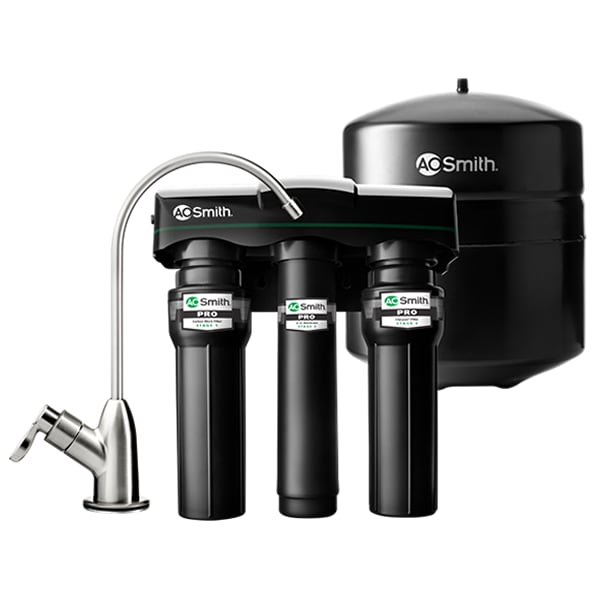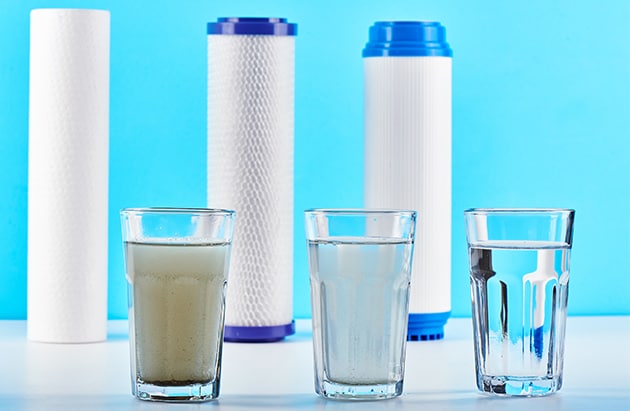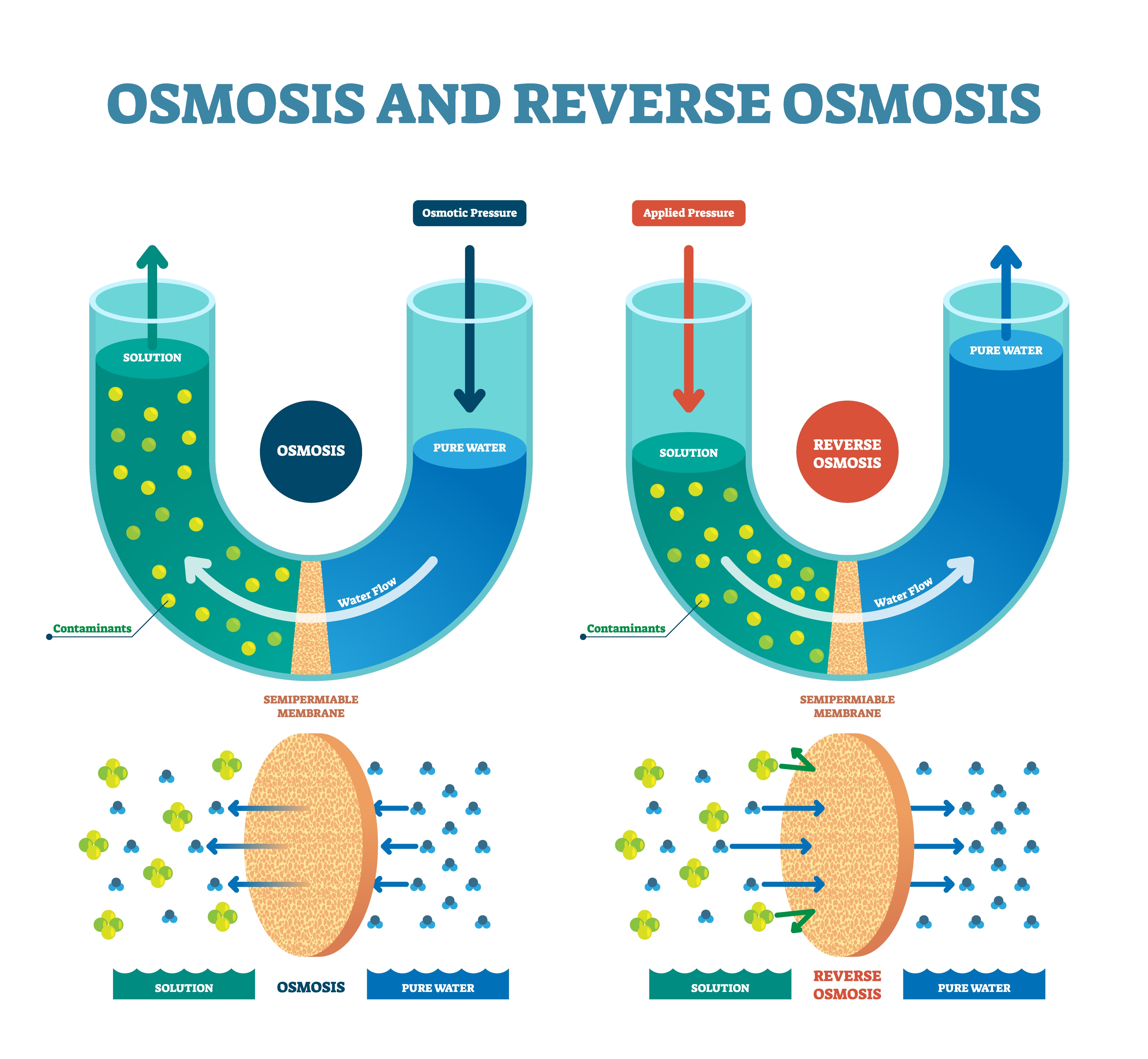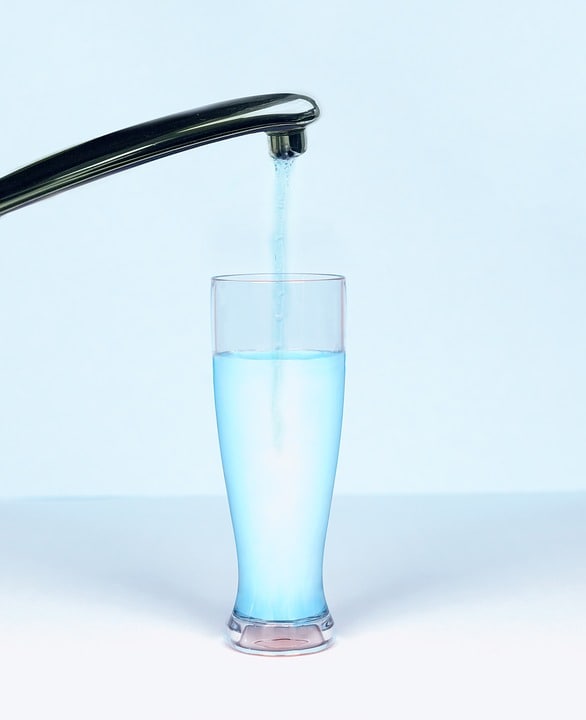
Home Water Filtration and Purification Buyer's Guide
 Do you know what's in your drinking water? If you’ve read our previous articles, you have an idea of what might be lurking in your water.
Do you know what's in your drinking water? If you’ve read our previous articles, you have an idea of what might be lurking in your water.
By the time it reaches the tap, even treated municipal water can contain toxic levels of unregulated chemicals. Substances like PFAS (polyfluoroalkyl substances) or dangerous medications that people have flushed down the drain may be found in your tap water.
That’s why many homeowners go a step further and install water filtration systems.
Before discussing the different types of systems, it’s essential to understand that not all are created equal. Not all of them can filter out the contaminants that could cause the most damage.
What is the Best Water Filter for My Home?
There are many different types of water filtration systems on the market. Some popular, relatively inexpensive filters fit right onto your faucet. Others mount under your sink (point-of-use) or in a centralized location in your house.
The only way to cut through the clutter is to look at which NSF/ANSI standards each water filtration system meets. These are national public health standards that regulate and verify the claims of filtration equipment that comes into contact with potable (drinking) water.
If a water filter does not list these certifications on its packaging or in the manual, then you can't trust it to filter out what it says it will. It's also very important to check the claims for specific contaminant reduction such as lead.
Below are common standards you may encounter.
| Standard | Description |
|---|---|
| NSF/ANSI 42 | Regulates aesthetic water impurities relating to taste and odor |
| NSF/ANSI 44 | Regulates water softeners, which handle hard water. |
| NSF/ANSI 53 | Regulates contaminants with a health effect as regulated by the U.S. Environmental Protection Agency (EPA). |
| NSF/ANSI 55 | Regulates ultraviolet (UV) treatment for bacteria and viruses. |
| NSF/ANSI 58 | Regulates point-of-use reverse osmosis systems. |
| NSF/ANSI 401 | Regulates removal of emerging contaminants such as pharmaceuticals. |
| NSF P473 | Regulates PFAS. |
 Keeping these standards in mind when shopping for a water filtration device will help you pick the right one. However, you probably don’t need the capability to filter out everything.
Keeping these standards in mind when shopping for a water filtration device will help you pick the right one. However, you probably don’t need the capability to filter out everything.
You should have your water tested to determine if there’s anything particularly dangerous. For example, if you have high chlorine and nothing else, all you need is a filter that meets NSF/ANSI Standard 42.
Be wary of filters that make claims but haven't been tested or verified. Uncertified filters may only filter out large physical contaminants, such as dirt, and little else. Also, consider the filter's service life and how often it will need to be changed.
Types of Water Filtration Systems
The main types of water filtration include carbon filters and reverse osmosis.
Carbon Filters for Water
Thousands of years ago, the ancient Egyptians discovered that water stored in charcoal, which is carbon residue, tasted better. As a result, carbon is the world’s oldest form of water filtration and one of the most common on the market today. It’s what’s found in many modern pitcher or faucet-mount filters.
Carbon filters work through adsorption (not to be confused with absorption). In adsorption, as water contaminants pass a piece of carbon, they stick to it. The resulting water is cleaner as it flows to your tap.
A carbon filter’s effectiveness is determined by the carbon’s thickness and how long the water is exposed. The longer the water “stays” on the carbon, the more contaminants will stick to it.
There are two types. In granular activated carbon filters, the carbon is ground up, while carbon block filters contain a solid block of carbon. Of the two, the block filters are more effective because the carbon is resistant to water channeling and has a wider surface area.
Carbon filters can remove organic compounds, such as pesticides and herbicides, chlorine, volatile organic compounds (VOCs), and certain heavy metals. Some even claim to capture bacteria, although there are better solutions for that, like UV.
Carbon does not remove minerals like calcium or magnesium. As always, remember to check NSF/ANSI ratings when evaluating a carbon filter for effectiveness.
Reverse Osmosis
Osmosis is the tendency of a solution with less concentration to move toward one with more concentration. For example, water with less salt will naturally want to move toward the water with more salt.
In this same example, reverse osmosis would use a pump to force the water with more salt toward the water with less salt. A reverse osmosis water filter forces water with contaminants across a semi-permeable membrane (think of a sand sifter). The contaminants stay behind while the clean water flows through to the tap.
Many reverse osmosis filters are two- or three-stage filters, meaning they actually run the water through two or three filters, including a carbon filter. So, you are getting multiple stages and types of filtration for maximum effectiveness. They are typically installed under your sink.
Reverse osmosis will remove lead, fluoride, chromium, mercury, asbestos, pesticides, chlorine, pharmaceuticals, and more. It removes so many contaminants that some experts think it’s overkill. Drinking water with such low mineral content can strip necessary minerals from your body
Bacteria and viruses are among the few contaminants that reverse osmosis doesn’t remove effectively. However, some reverse osmosis systems include a UV component to kill even these organisms.
Water Purification
 While the water filtration methods mentioned so far are true filters, UV light is considered a water purifier because it inactivates contaminants rather than removes them.
While the water filtration methods mentioned so far are true filters, UV light is considered a water purifier because it inactivates contaminants rather than removes them.
UV light kills harmful viruses, bacteria, and protozoa like Giardella, Cryptosporidium, and e-coli. Although the dead microbes remain suspended in the water, they are rendered harmless.
UV purifiers cannot kill something that’s not alive, so they don’t work on any chemical contaminants. Also, their effectiveness depends on how clear the water is and on how long the contaminants are exposed (longer is better).
If you are on well water and have identified harmful microbes in your water, UV purification, combined with carbon or reverse osmosis filtration is the way to go. On the other hand, most city water has been treated with chlorine, a highly effective disinfectant, so microbes aren't typically a concern.
Which Water Filter is Right for Me?
To reiterate, the type of filter or purifier you buy will depend on what’s in your water. Below is a chart that summarizes which filters work for which common contaminants.
NOTE: This chart is meant to be a general guide since not all filters are equally effective. Some may not be rated to remove specific contaminants listed here, especially if they don't meet NSF/ANSI standards.
| Taste/ Odor | Heavy Metals | VOCs | Chlorine | Bacteria/ Viruses | Cysts | Nitrates/ Nitrites | PFOA/PFO | |
|---|---|---|---|---|---|---|---|---|
| Carbon Filters | Yes | No | Yes | Yes | Some | Yes | No | Yes |
| Reverse Osmosis | No | Yes | Yes | Yes | Some | Yes | Yes | Yes |
| UV | No | No | No | No | Yes | Yes | No | No |
As you can see, in some instances, it might be beneficial to have two different types of filter or purifier, especially if bacteria and viruses are a problem.
If you still have questions about which water filtration method is right for you, feel free to call us at (866) 554-4328, and one of our experts will be happy to talk through your options.

